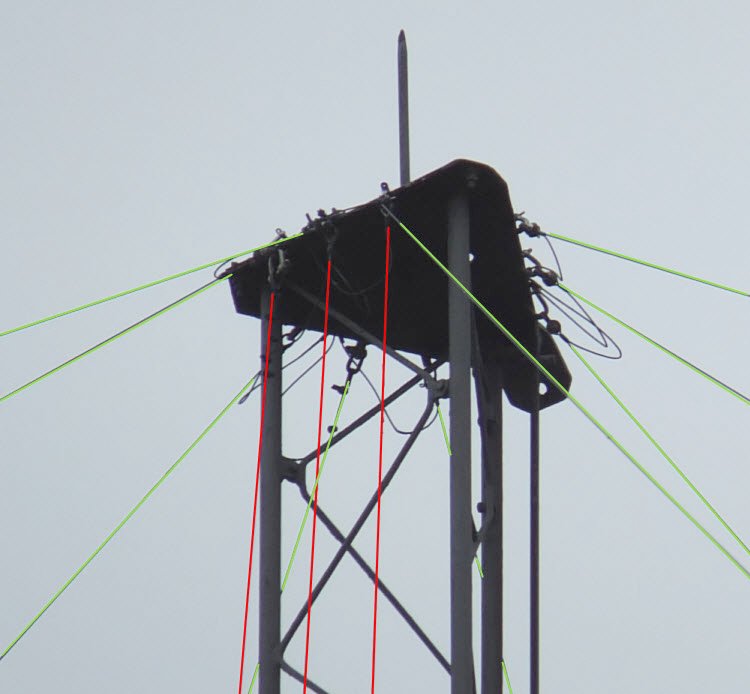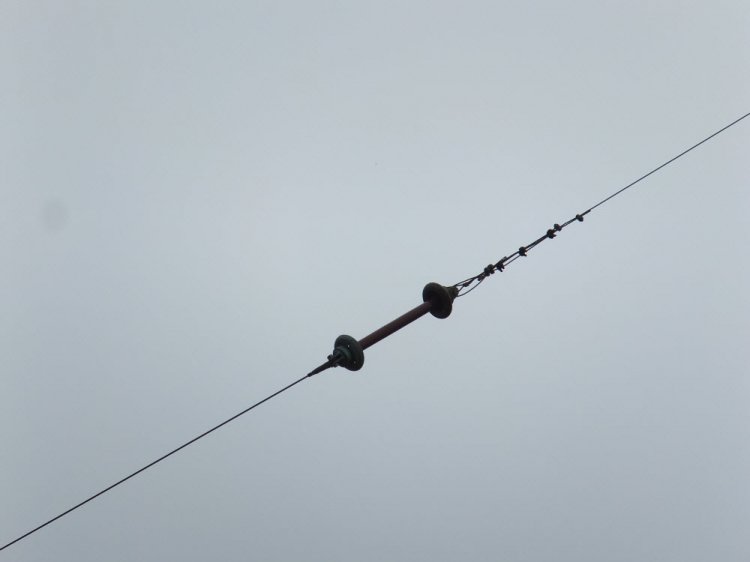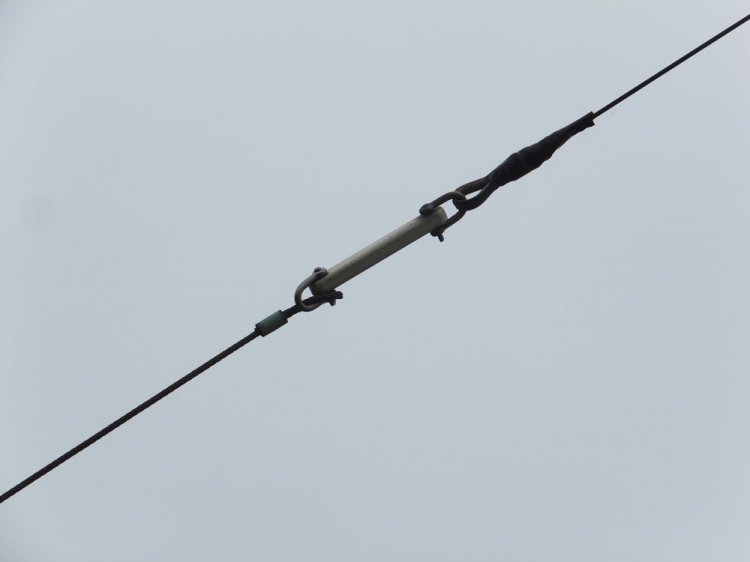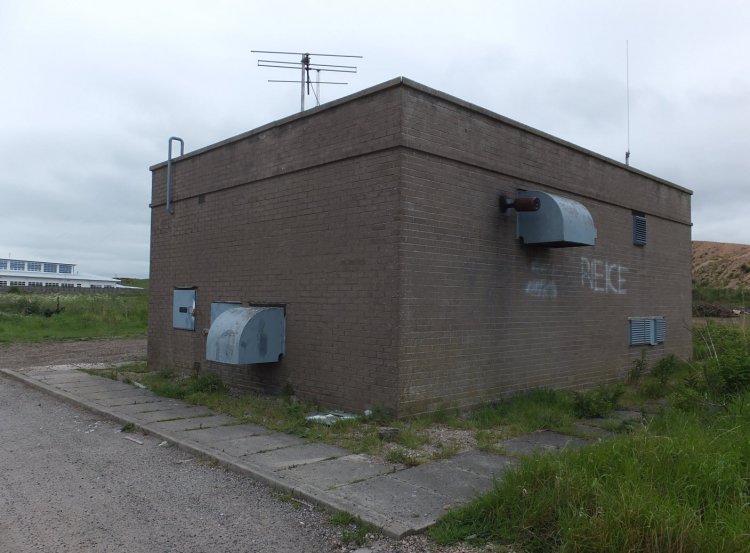 |
UK Broadcast Transmission |
|
|||||||||||
THE TRANSMISSION GALLERY
| Photos by Dan Glover | Page last updated: 2022-09-14 |
|
||||||||||||||||||||
| This site was established by the IBA for the Aberdeen ILR station Northsound and entered service on 27 July 1981. At that time the FM service operated from Granite Hill, moving to Durris in December 1993. The much older and rather busier ex-BBC site at Redmoss is under 1.5 km to the south west. Initially Nigg looked like it would be a simple "mast radiator" but the support and radiating functions appear to be separate - see below. We don't have detailed photos to support the assumption but it seems probable a similar arrangement is used at Tarbat Ness which entered service seven months later. (Bizzarely Ofcom data early in 2017 no longer listed Nigg as an MF site but it was shown as carrying the Stoke on Trent DAB multiplex. This is assumed to be an error in documentation!) |

| An overview - MF installations are difficult to photograph due to the combination of large, small, thick and thin. The top level of "stays" in reality are part of the antenna - nine wires bonded together at the top of the mast and secured to ground around the edge of the site. Each has an insulated section as explained below. Whether this is an "umbrella" (structurally) or "capacitance hat" (electrically) the intention is to improve the performance of a vertical antenna which is "too short" for the frequency. The mast has three sets of stays secured to three anchor blocks. These are insulated from the main structure. Nothing unusual there. |

| Usually we would expect to find an insulated section at the base of the mast, some sort of feed connection to the structure and maybe a box containing tuning components. None of these are present! |

| The feed is connected to this group of three wires which rise near-vertically to the top of the mast. As there's only one service there's no need for a more complicated feed which works at multiple frequencies. |

| At the top of the mast the triangular plate seems likely to be an insulating material. The three vertical wires (shown in red below) appear to be bonded to the nine wires forming the capacitance hat (green). At 1035 kHz any directional effect from the wires and mast would seem negligible - other MF sites have much greater separation between the main antenna and any reflector. |


| Each of the "umbrella" wires features two insulators of distinct types. The upper insulator marks the transition from radiating wire (right) to support... |

| ...but the section running to ground is wire rope and there is a second insulator of a different style. Is the centre "wire" perhaps a non-conducting material or is there some mechanical reason for this arrangement? |

| The transmitter building is a short distance away. The Band II yagi appears to face Durris but is presumably redundant - in 1995 FM and AM services were split into Northsound 1 and Northsound 2 respectively. |


Granite Hill | Redmoss | Tarbat Ness
Description of R5071 antenna (Tricks of the Trade 46)
| |
Back to TX Gallery index | TX main index
|